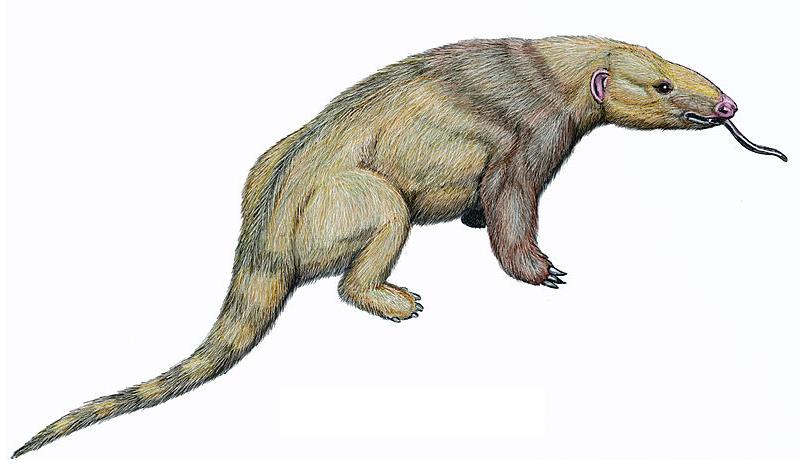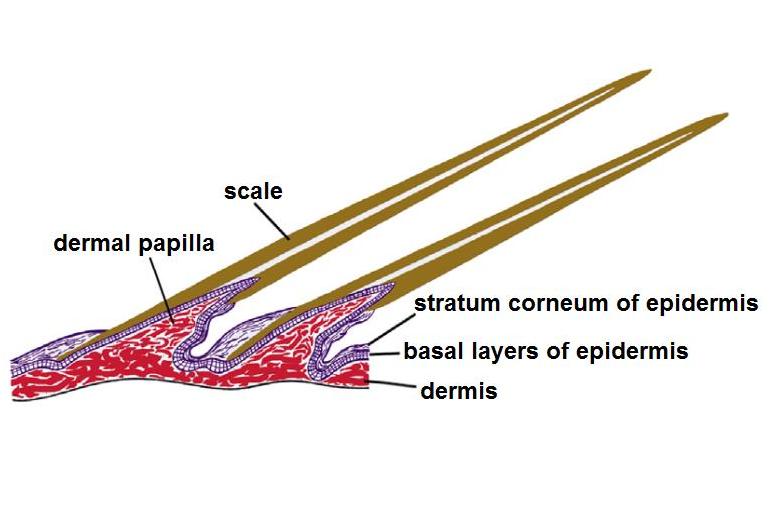|
Euromanis
''Euromanis'' ("european pangolin") is one of the earliest known pangolin genera. It lived during the Eocene in Europe. ''Euromanis'' fossils found in the Messel Pit in Germany Germany,, officially the Federal Republic of Germany, is a country in Central Europe. It is the second most populous country in Europe after Russia, and the most populous member state of the European Union. Germany is situated betwe .... Unlike modern pangolins, it did not bear scales on its body. Phylogeny Phylogenetic position of genus ''Euromanis'' within order Pholidota. References Prehistoric pangolins Eocene mammals Myrmecophagous mammals Prehistoric placental genera Cenozoic mammals of Europe Fossil taxa described in 1994 {{paleo-mammal-stub ... [...More Info...] [...Related Items...] OR: [Wikipedia] [Google] [Baidu] |
Pangolin Hardwicke (white Background)
Pangolins, sometimes known as scaly anteaters, are mammals of the order Pholidota (, from Ancient Greek ϕολιδωτός – "clad in scales"). The one extant family, the Manidae, has three genera: '' Manis'', '' Phataginus'', and '' Smutsia''. ''Manis'' comprises the four species found in Asia, while ''Phataginus'' and ''Smutsia'' include two species each, all found in sub-Saharan Africa. These species range in size from . A number of extinct pangolin species are also known. Pangolins have large, protective keratin scales, similar in material to fingernails and toenails, covering their skin; they are the only known mammals with this feature. They live in hollow trees or burrows, depending on the species. Pangolins are nocturnal, and their diet consists of mainly ants and termites, which they capture using their long tongues. They tend to be solitary animals, meeting only to mate and produce a litter of one to three offspring, which they raise for about two years. Pangol ... [...More Info...] [...Related Items...] OR: [Wikipedia] [Google] [Baidu] |
Pangolin
Pangolins, sometimes known as scaly anteaters, are mammals of the order Pholidota (, from Ancient Greek ϕολιδωτός – "clad in scales"). The one extant family, the Manidae, has three genera: '' Manis'', '' Phataginus'', and '' Smutsia''. ''Manis'' comprises the four species found in Asia, while ''Phataginus'' and ''Smutsia'' include two species each, all found in sub-Saharan Africa. These species range in size from . A number of extinct pangolin species are also known. Pangolins have large, protective keratin scales, similar in material to fingernails and toenails, covering their skin; they are the only known mammals with this feature. They live in hollow trees or burrows, depending on the species. Pangolins are nocturnal, and their diet consists of mainly ants and termites, which they capture using their long tongues. They tend to be solitary animals, meeting only to mate and produce a litter of one to three offspring, which they raise for about two years. Pangol ... [...More Info...] [...Related Items...] OR: [Wikipedia] [Google] [Baidu] |
Pangolin
Pangolins, sometimes known as scaly anteaters, are mammals of the order Pholidota (, from Ancient Greek ϕολιδωτός – "clad in scales"). The one extant family, the Manidae, has three genera: '' Manis'', '' Phataginus'', and '' Smutsia''. ''Manis'' comprises the four species found in Asia, while ''Phataginus'' and ''Smutsia'' include two species each, all found in sub-Saharan Africa. These species range in size from . A number of extinct pangolin species are also known. Pangolins have large, protective keratin scales, similar in material to fingernails and toenails, covering their skin; they are the only known mammals with this feature. They live in hollow trees or burrows, depending on the species. Pangolins are nocturnal, and their diet consists of mainly ants and termites, which they capture using their long tongues. They tend to be solitary animals, meeting only to mate and produce a litter of one to three offspring, which they raise for about two years. Pangol ... [...More Info...] [...Related Items...] OR: [Wikipedia] [Google] [Baidu] |
Pholidotamorpha
Pholidotamorpha ("pangolin-shaped") is a clade of mammals that includes the orders Palaeanodonta and Pholidota (the pangolins). In the past both orders were formerly classified with various other orders of ant-eating mammals, most notably Xenarthra, which includes the true anteaters, sloths, and the armadillos which pangolins superficially resemble. Newer genetic evidence, however, indicates their closest living relatives are the Carnivora with which they form the clade Ferae. Some palaeontologists, placing family Ernanodontidae in a separate suborder Ernanodonta of Cimolesta near Pholidota, have classified the pangolins in the order Cimolesta, together with several extinct groups indicated (†) below, though this idea has fallen out of favor since it was determined that cimolestids were not placental mammals. A 2012 study from new remains found in Late Paleocene Mongolian strata have led to the assessment that ''Ernanodon'' is closely related to ''Metacheiromys'' within the orde ... [...More Info...] [...Related Items...] OR: [Wikipedia] [Google] [Baidu] |
Eurotamandua
''Eurotamandua'' ("european ''Tamandua''") is an extinct genus of mammal from extinct family Eurotamanduidae that lived some 40-35 million years ago, during the middle Eocene. A single fossil is known, coming from the Messel Pit in southwestern Germany. ''Eurotamandua'' was about long. Most palaeontologists now classify ''Eurotamandua'' as a pangolin. When its fossils were first discovered, ''Eurotamandua'' was originally thought to be an anteater, as it lacked the characteristic fused-hair scales of other pangolins. ''Eurotamandua'' placement within the pangolins was made primarily because of a lack of the characteristic "xenarthran" joints found in all xenarthrans, including tamanduas. There is still much ambiguity in the taxonomy of all mammals prior to the Eocene, so there is the possibility that ''Eurotamandua'' was a primitive xenarthran. However, this is highly unlikely because all known fossil evidence indicates that xenarthrans existed exclusively in South America from ... [...More Info...] [...Related Items...] OR: [Wikipedia] [Google] [Baidu] |
Eupholidota
Eupholidota ("true pangolins") is a suborder of pangolins that includes two superfamilies: extant Manoidea and extinct Eomanoidea. Taxonomy * Suborder: Eupholidota (true pangolins) ** Superfamily: Manoidea *** Family: Manidae (pangolins) *** Family: †Patriomanidae *** ''Incertae sedis'' **** Genus: †''Necromanis ''Necromanis'' ("extinct pangolin") is an extinct genus of pangolin from superfamily Manoidea. It lived during the Oligocene and Miocene of Europe. It was originally placed within family Manidae, but was eventually removed from it as more f ...'' ** Superfamily: † Eomanoidea *** Family: † Eomanidae Phylogeny Phylogenetic position of suborder Eupholidota within order Pholidota. References Pangolins {{mammal-stub ... [...More Info...] [...Related Items...] OR: [Wikipedia] [Google] [Baidu] |
Prehistoric Placental Genera
Prehistory, also known as pre-literary history, is the period of human history between the use of the first stone tools by hominins 3.3 million years ago and the beginning of recorded history with the invention of writing systems. The use of symbols, marks, and images appears very early among humans, but the earliest known writing systems appeared 5000 years ago. It took thousands of years for writing systems to be widely adopted, with writing spreading to almost all cultures by the 19th century. The end of prehistory therefore came at very different times in different places, and the term is less often used in discussing societies where prehistory ended relatively recently. In the early Bronze Age, Sumer in Mesopotamia, the Indus Valley Civilisation, and ancient Egypt were the first civilizations to develop their own scripts and to keep historical records, with their neighbors following. Most other civilizations reached the end of prehistory during the following Iron Age. T ... [...More Info...] [...Related Items...] OR: [Wikipedia] [Google] [Baidu] |
Myrmecophagous Mammals
Myrmecophagy is a feeding behavior defined by the consumption of termites or ants, particularly as pertaining to those animal species whose diets are largely or exclusively composed of said insect types. Literally, myrmecophagy means "ant eating" (Ancient Greek: ', "ants" and ', "to eat") rather than "termite eating" (for which the strict term is termitophagy). The two habits often overlap, as both of these eusocial insect types often live in large, densely populated nests requiring similar adaptations in the animal species that exploit them. In vertebrates Myrmecophagy is found in a number of land-dwelling vertebrate taxa, including reptiles and amphibians (horned lizards and blind snakes, narrow-mouthed toads of the family Microhylidae and poison frogs of the Dendrobatidae), a number of New World bird species (Antbirds, Antthrushes, Antpittas, flicker of genus ''Colaptes''), and several mammalian groups (anteaters, aardvarks, aardwolves, armadillos, echidnas, numbats, pangolins ... [...More Info...] [...Related Items...] OR: [Wikipedia] [Google] [Baidu] |
Eocene Mammals
The Eocene ( ) Epoch is a geological epoch that lasted from about 56 to 33.9 million years ago (mya). It is the second epoch of the Paleogene Period in the modern Cenozoic Era. The name ''Eocene'' comes from the Ancient Greek (''ēṓs'', "dawn") and (''kainós'', "new") and refers to the "dawn" of modern ('new') fauna that appeared during the epoch. The Eocene spans the time from the end of the Paleocene Epoch to the beginning of the Oligocene Epoch. The start of the Eocene is marked by a brief period in which the concentration of the carbon isotope 13C in the atmosphere was exceptionally low in comparison with the more common isotope 12C. The end is set at a major extinction event called the ''Grande Coupure'' (the "Great Break" in continuity) or the Eocene–Oligocene extinction event, which may be related to the impact of one or more large bolides in Siberia and in what is now Chesapeake Bay. As with other geologic periods, the strata that define the start and end of the ... [...More Info...] [...Related Items...] OR: [Wikipedia] [Google] [Baidu] |
Prehistoric Pangolins
Prehistory, also known as pre-literary history, is the period of human history between the use of the first stone tools by hominins 3.3 million years ago and the beginning of recorded history with the invention of writing systems. The use of symbols, marks, and images appears very early among humans, but the earliest known writing systems appeared 5000 years ago. It took thousands of years for writing systems to be widely adopted, with writing spreading to almost all cultures by the 19th century. The end of prehistory therefore came at very different times in different places, and the term is less often used in discussing societies where prehistory ended relatively recently. In the early Bronze Age, Sumer in Mesopotamia, the Indus Valley Civilisation, and ancient Egypt were the first civilizations to develop their own scripts and to keep historical records, with their neighbors following. Most other civilizations reached the end of prehistory during the following Iron Age. T ... [...More Info...] [...Related Items...] OR: [Wikipedia] [Google] [Baidu] |


.jpg)
.jpg)
.jpg)


